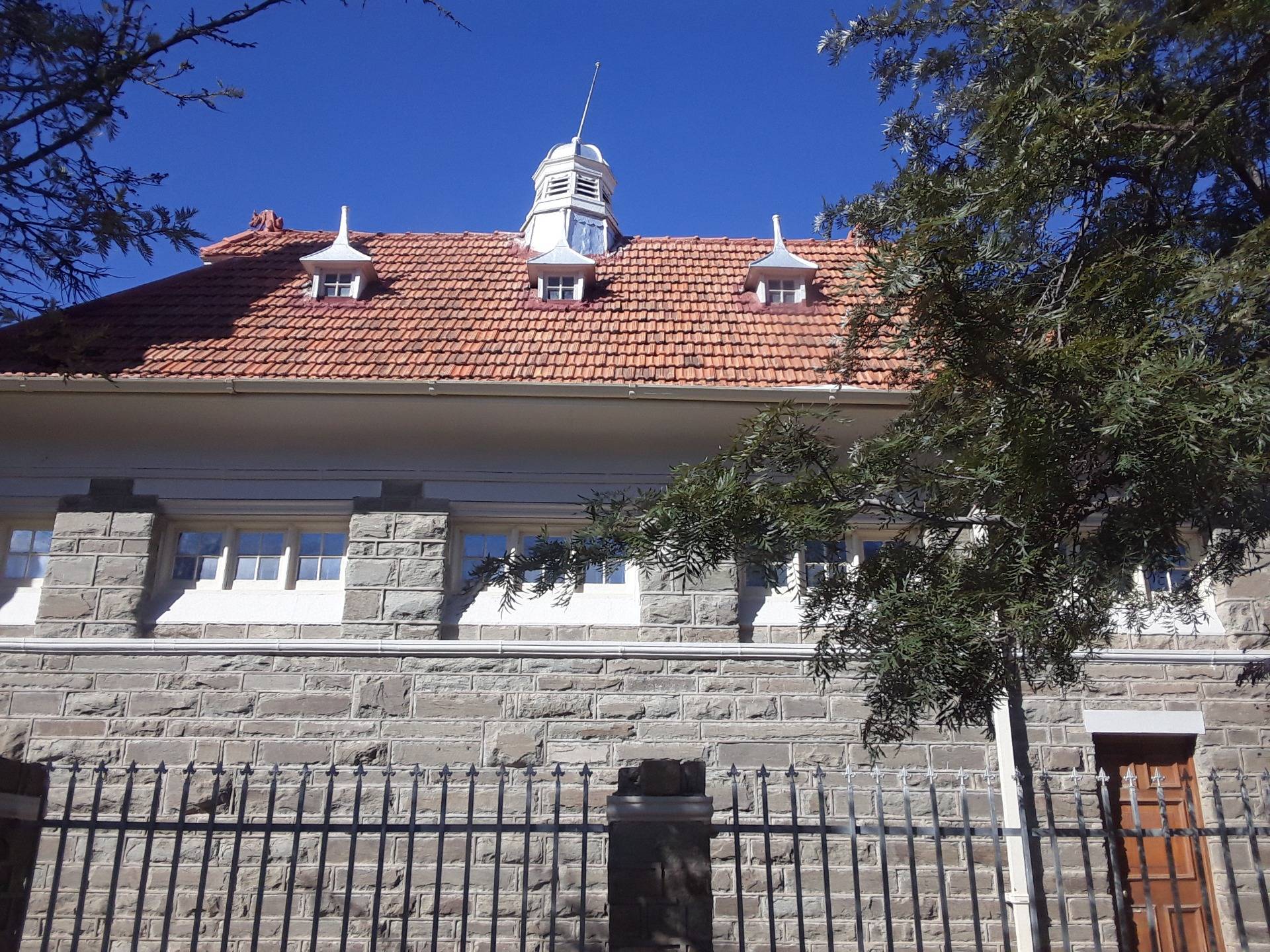Having crossed over the austere mountain pass that divides my coastal home region from the desert interior here in sunny South Africa (described in a previous post), I eventually made it to what is known as the Karoo desert region of the Western and Eastern Cape provinces. Here I found civilization that appeared to be still living in the past, based on the architecture I saw. Life here was sparse – both the vegetation and the humans. I presume few people would want to live here unless they were born here or had a good financial incentive.
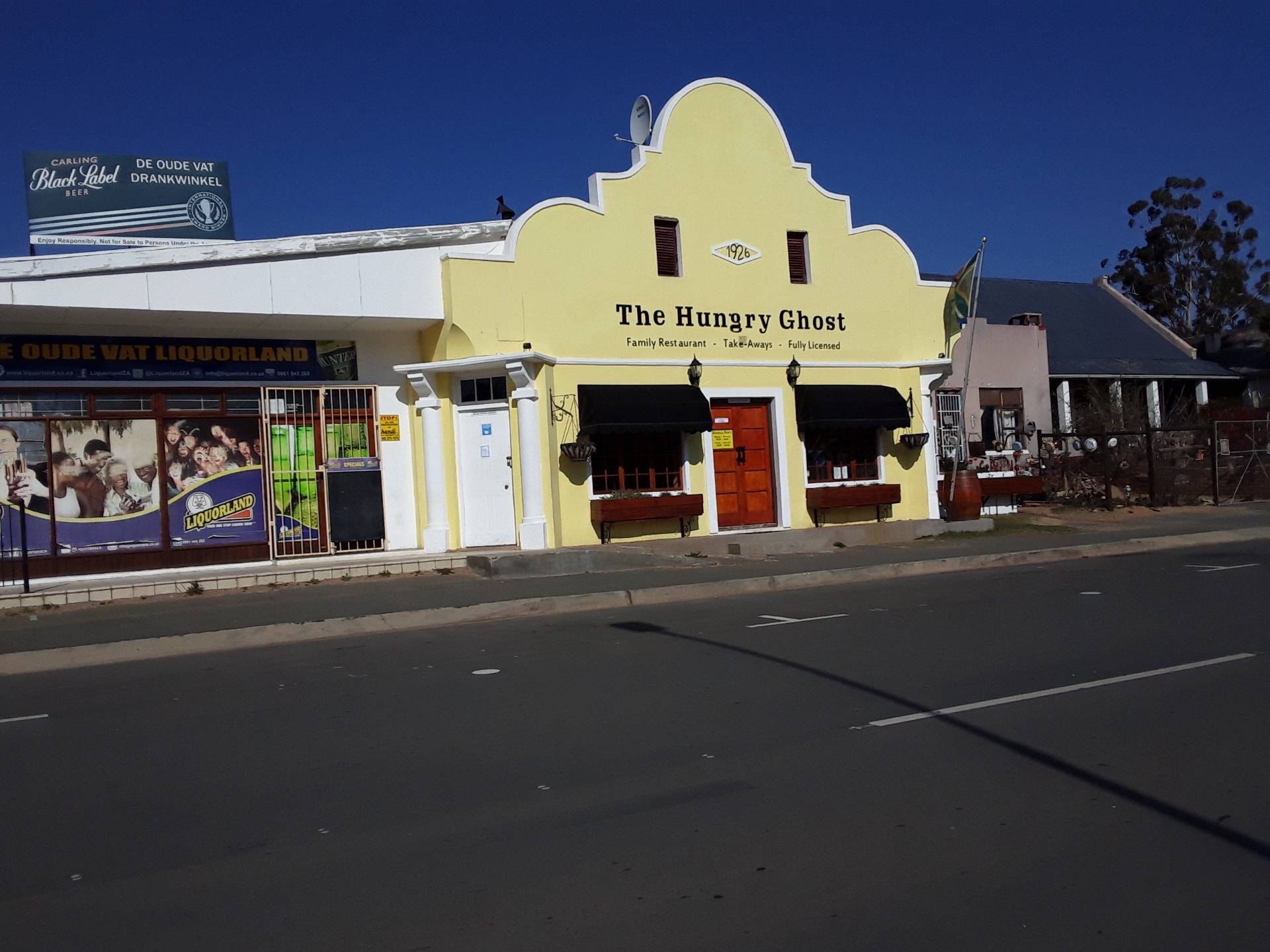
While driving through the occasional desert towns like Uniondale, Willowmore, Aberdeen or Graaff-Reinet, I took some photos of the curious local architecture to show you just where we come from as a nation. The photos aren’t great as I seldom stopped and simply snapped the photos while driving past. In the quaint architecture you can clearly see our European roots, particularly Dutch and sometimes British, in the design of the oldest buildings. Even the name Aberdeen – a Scottish city originally – is now the name of a desert town in the Karoo. Actually there are a few Scottish town names here, like McGreggor, Robertson, etc, which hint at some colonial influence from our past.
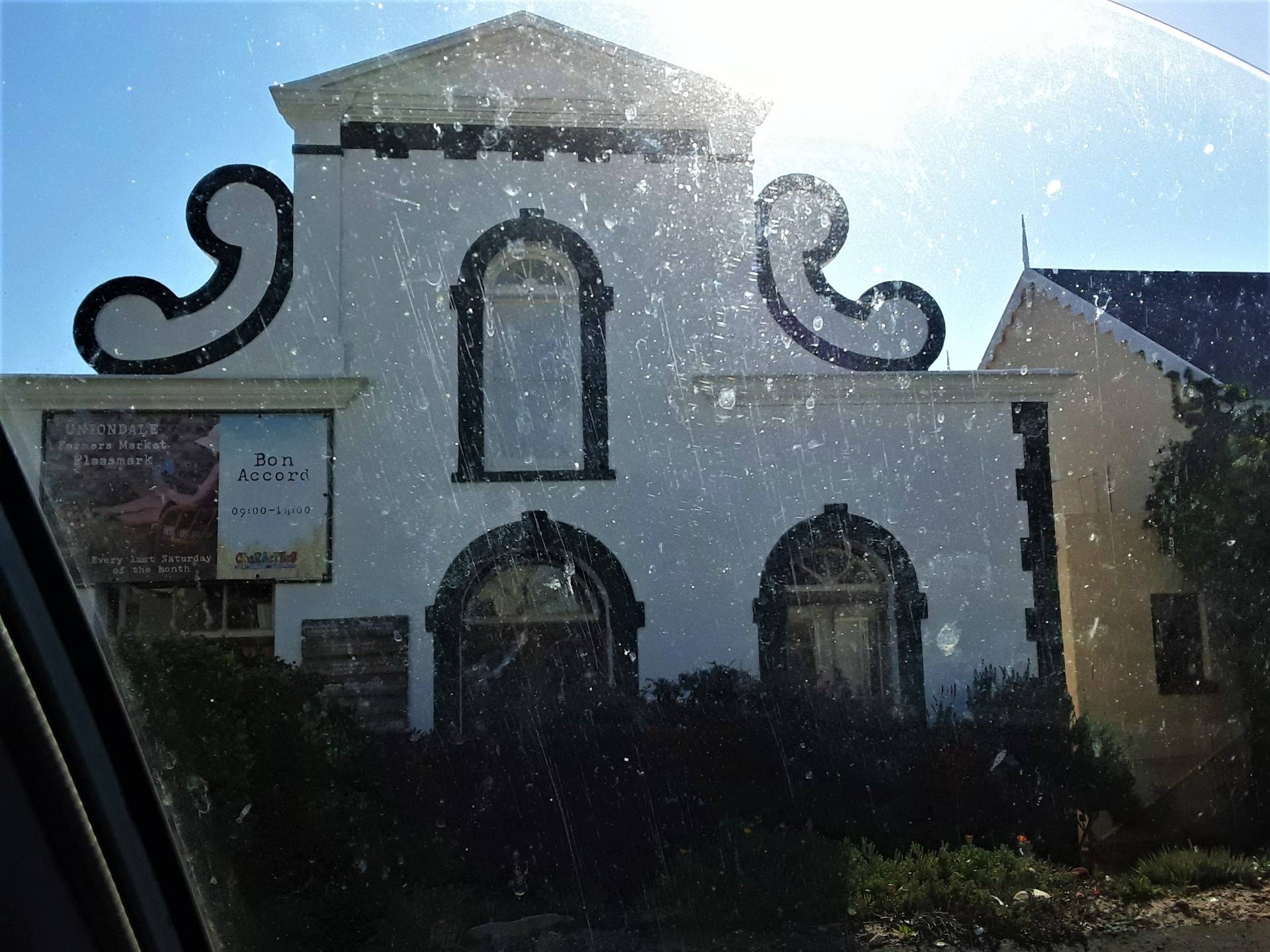
In the architecture one can clearly see the Dutch influence. It is iconic throughout the Cape Provinces in South Africa, due to this originally being a Dutch colony before the British usurped it. Back in the sixteenth and seventeenth centuries it was the Dutch who ruled the waves and made a success of navigating the seas to the Oriental east...for a while. Then the British took over and built their global empire later on. So originally South Africa was run by the Dutch settlers, as can be seen in the architecture, today known as “Cape Dutch” style.
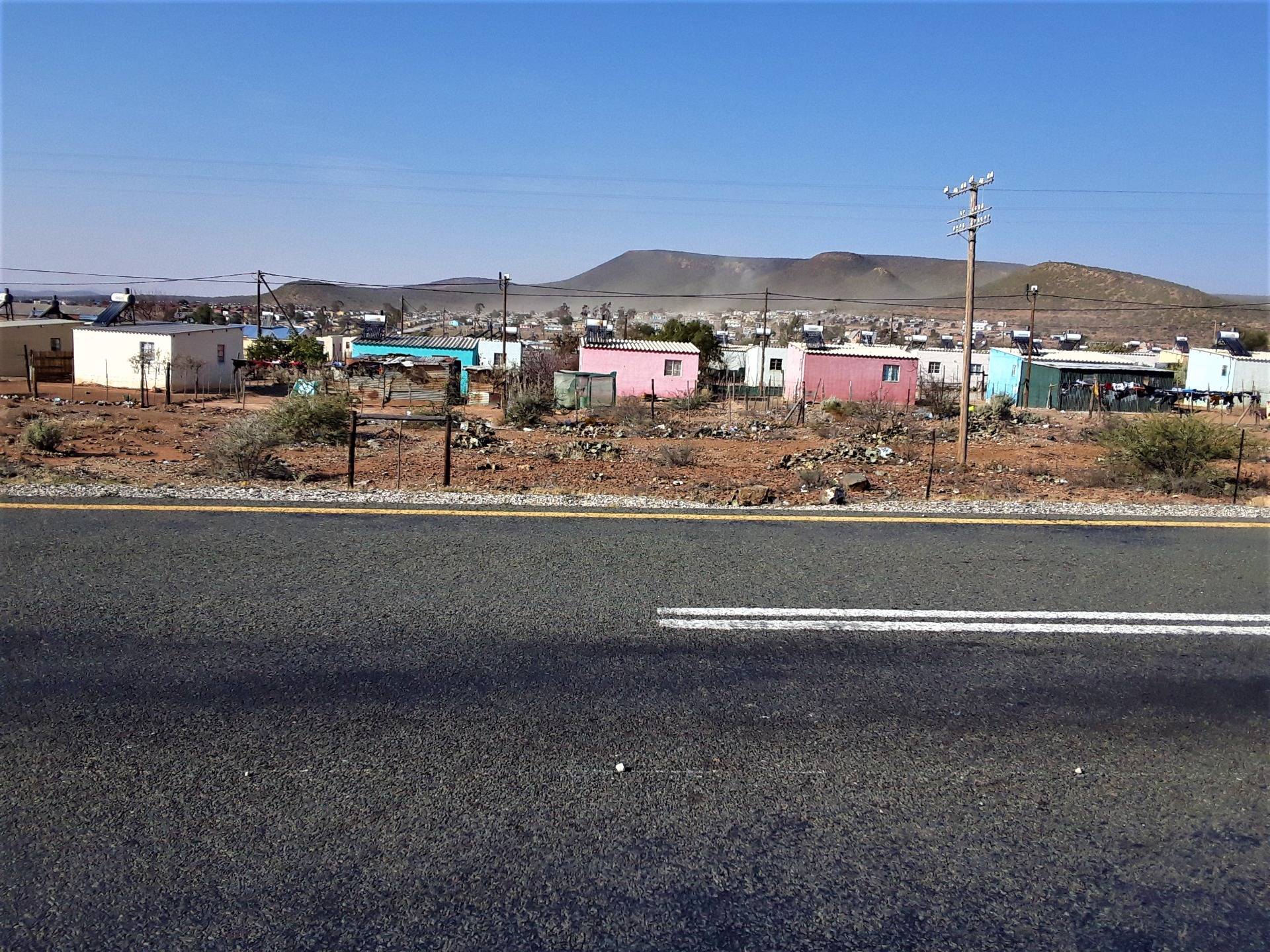
The indigenous black African locals – the original inhabitants – were unfortunately seriously disenfranchised during the reign of the Europeans under their empires, and also when the European descendants, my forefathers, took over the control of South Africa in the previous century under their Apartheid political system. And even though that system ended almost 30 years ago and South Africa is run by black South Africans now, and rightly so, still the upliftment of the poor has been slow. They still live in little box houses cramped together with not a tree or any greenery to speak of anywhere in their “suburbs”. The partially Communist government promises free housing and has delivered to a degree, but it looks rather humble and most people are still waiting for their free matchbox house, 30 years later.
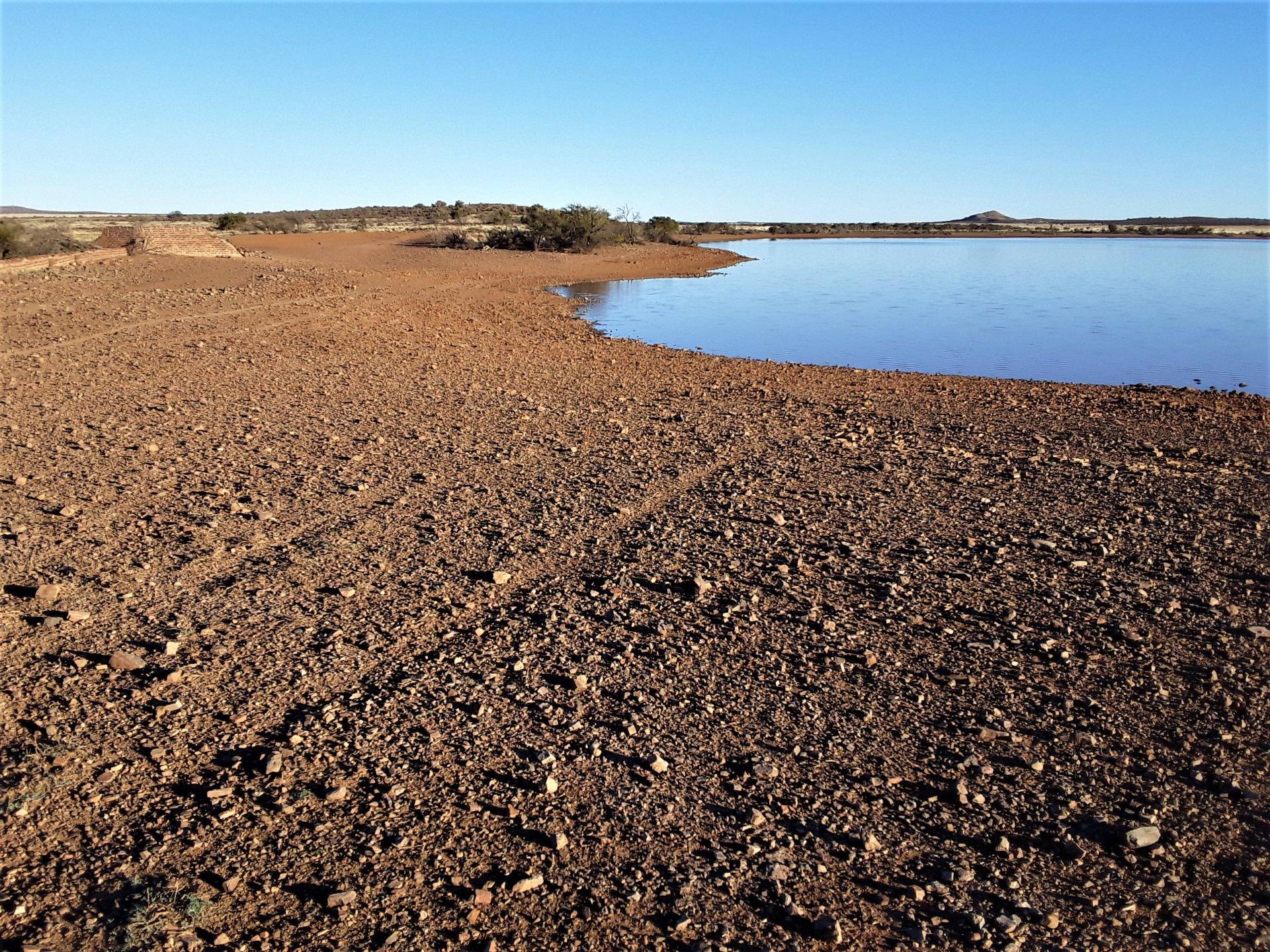
As you can see, it’s really dry here, being a desert, and even the water in the dam is low. Actually some of the rivers have simply dried up altogether. Patterns appear to have shifted and climatic conditions have worsened, leading to drier conditions in an already dry desert interior here in South Africa. In the photo below you can see what used to be a permanent river over which a nice bridge was built for the road. Now it’s nothing but a dry river bed. I doubt the river will be returning any time in the foreseeable future.
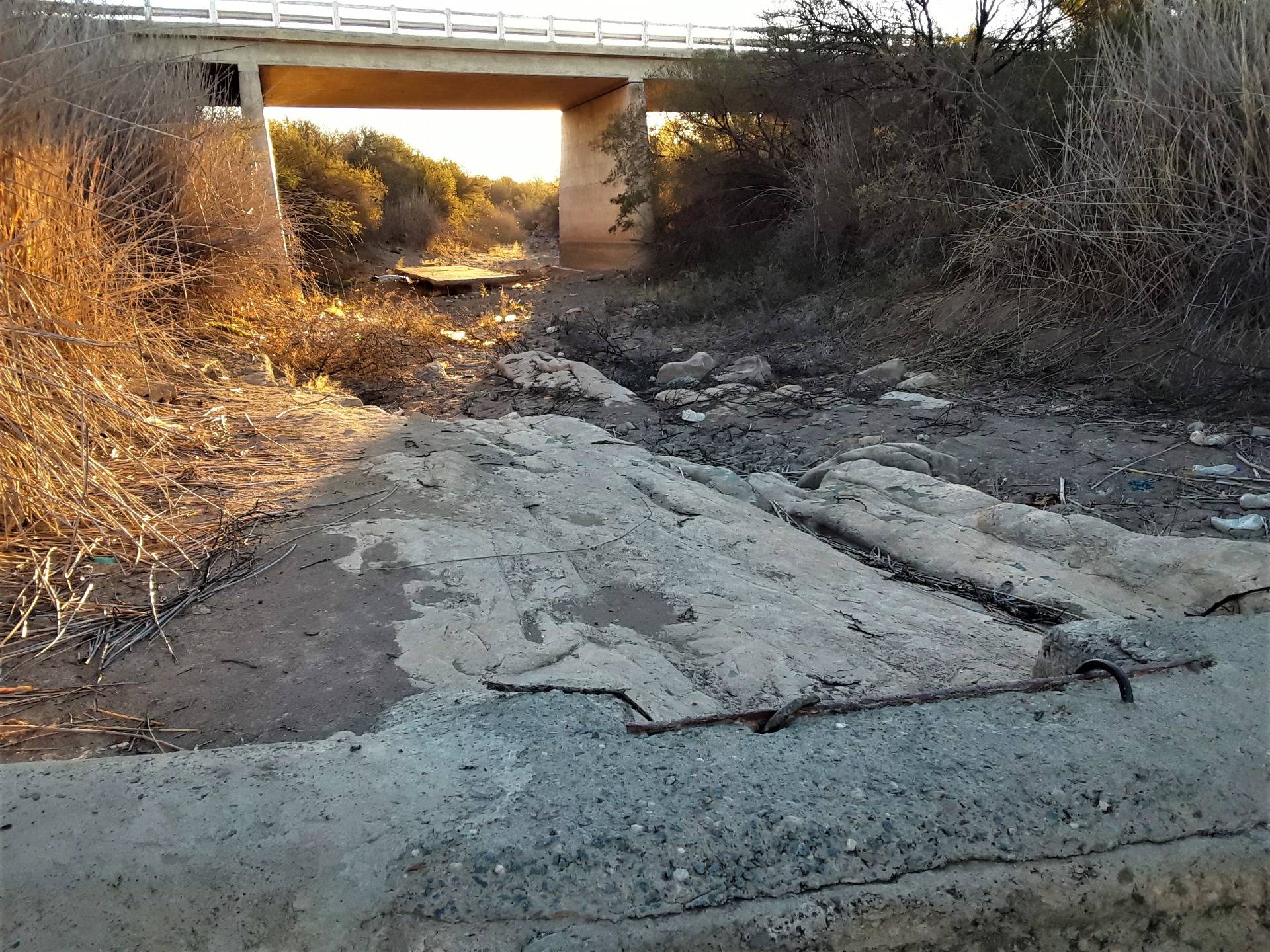
The most noticeable remnant of our European colonial past is in the churches which can be seen in each of the small insignificant towns that you pass through on this journey into the interior. Originally the church was probably the first building to be erected when a town was formed. The local farmers in the region formed a town around it over time. These churches stand out like a sore thumb, looking to me to be way over the top, literally and figuratively.
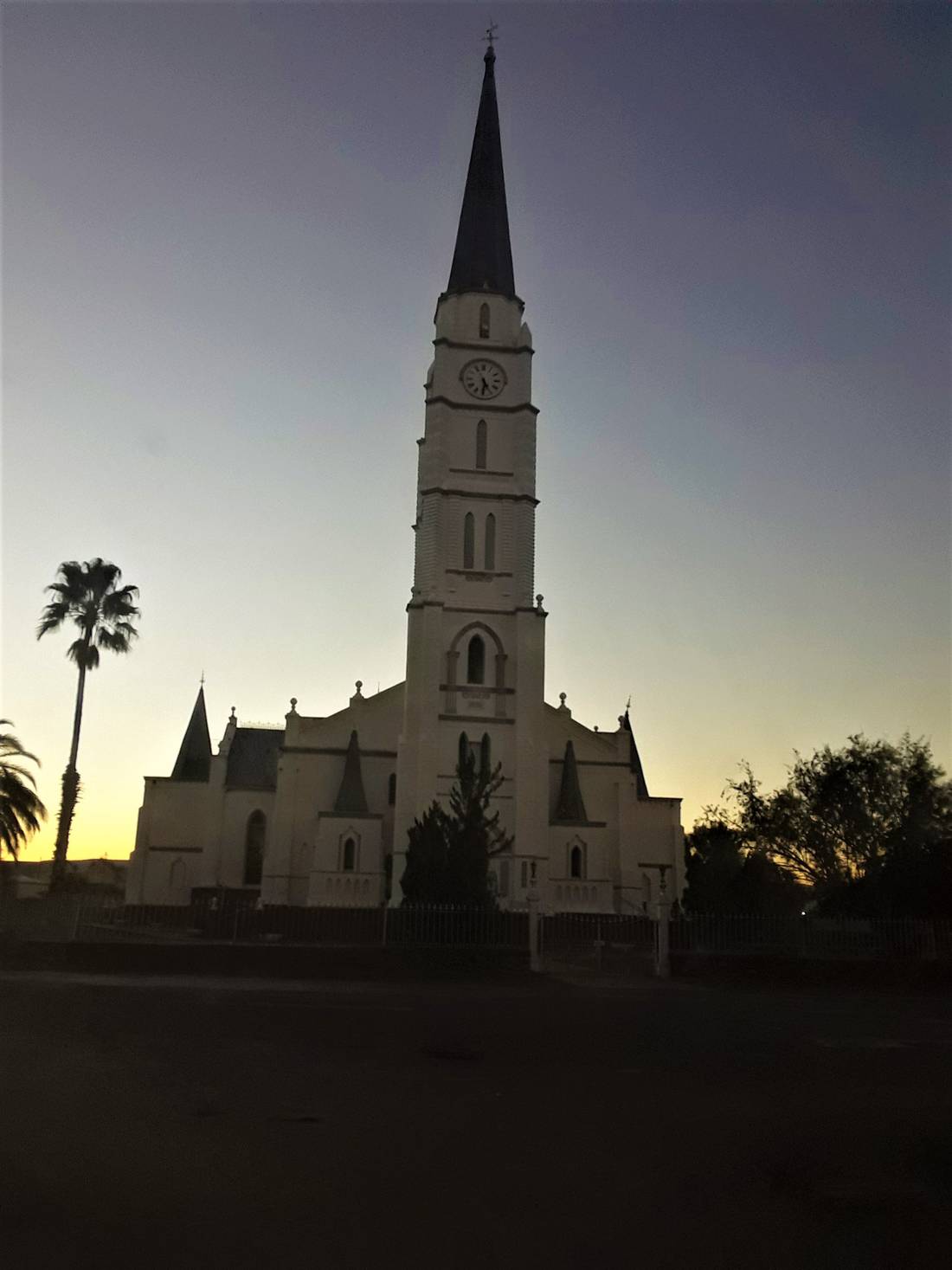
It’s probably good to remember that most of the European settlers who came here from Europe were fleeing religious persecution. They included Lutherans and Calvinists and those anti-Catholic breakaways, including French Hugenots. So they were seriously devout Christians and thus their churches became the focal point of any social setting when these towns were founded. Today they are like white elephants, although I presume the local inhabitants may well still be conservative Christian types. Even the indigenous black Africans took to the white man’s Christian doctrine in a big way, something which I have always found very odd. They riled against the shackles of political and social oppression under white domination and yet they bowed down to the mythology of the white oppressors, to the almost total loss of their own culture. It makes no sense to me at all.
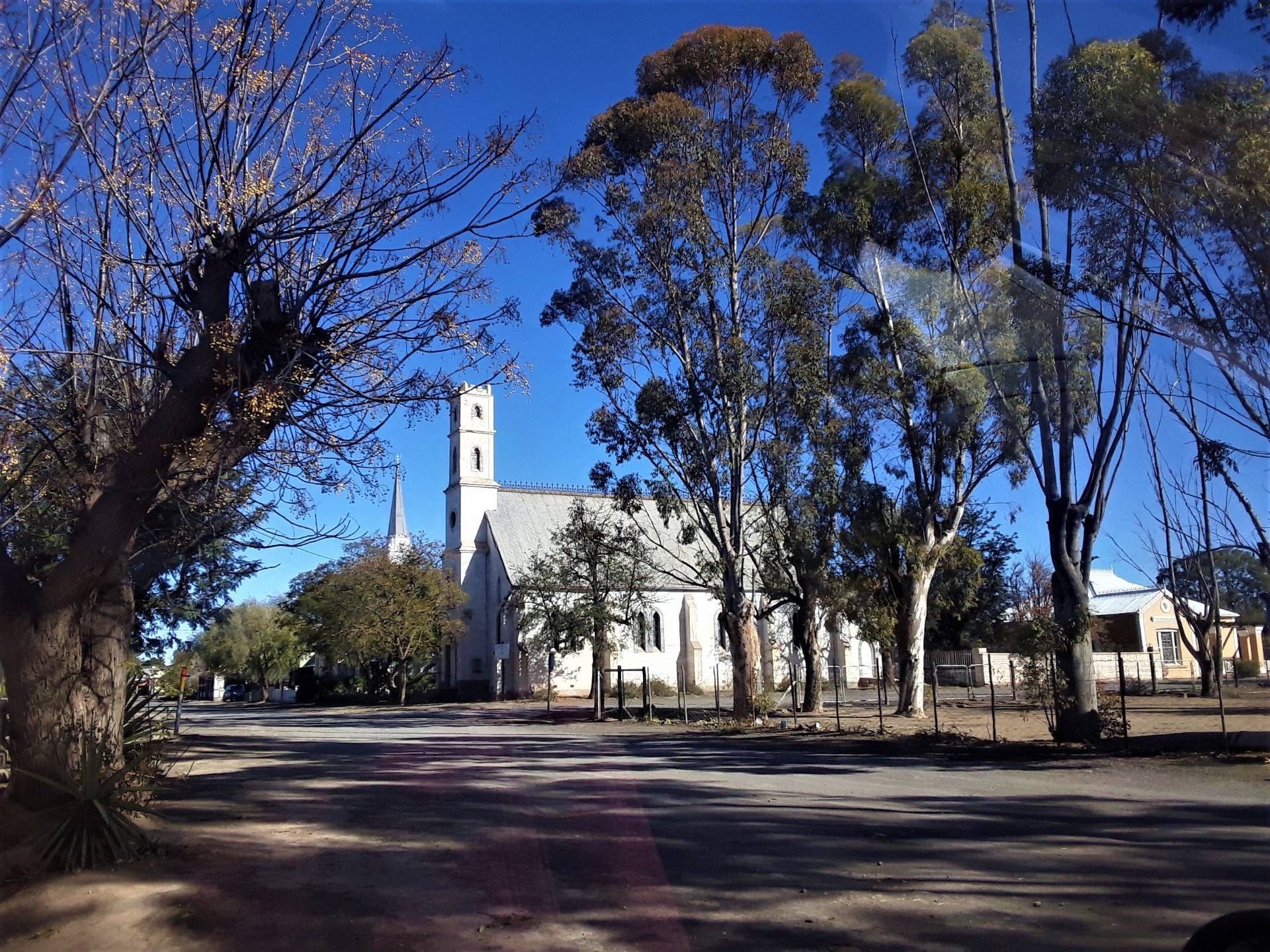
A curious feature of these little desert towns is how empty they are, at least on the streets. The streets are deserted most of the time and it looks like nobody lives there. I guess there’s not much to go outside for. The old buildings look fascinating to me since South Africa is unlike Europe, with its long past and mass of old architecture going back centuries. Here one or two buildings reflect that to a very small degree and so they stick out in more ways than one.
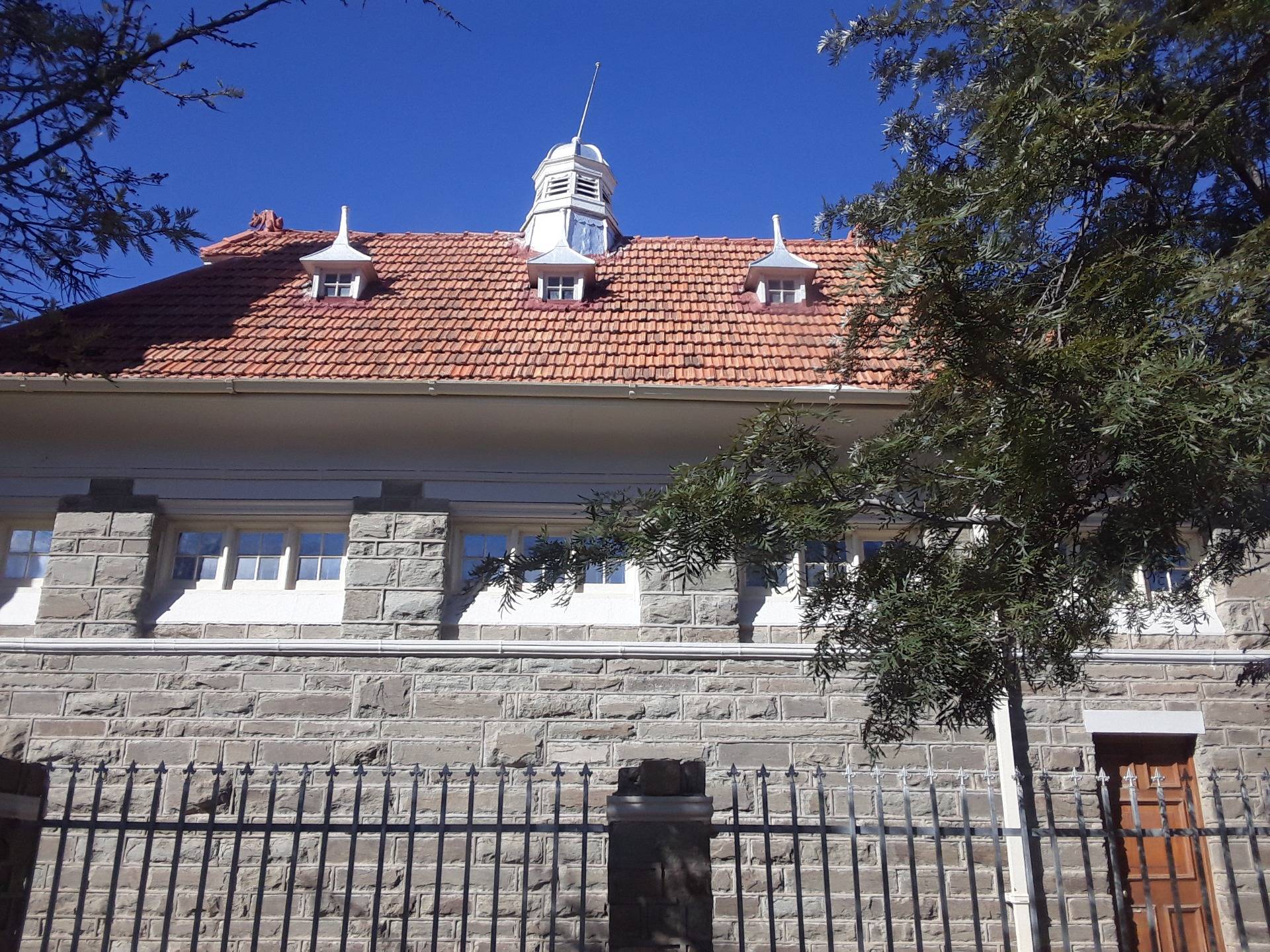
Here’s an image below of a busy morning in the center of one of these little desert towns. As you can see...nothing is happening. It’s deserted. How the locals survive is anybody’s guess. What do they even do? There is none of the beautiful outdoor exploration or hiking spots to visit, compared to my home region on the coast. There is nothing attractive at all in my opinion about living in these towns. Yet still people exist there, perhaps trapped by poverty or habit.
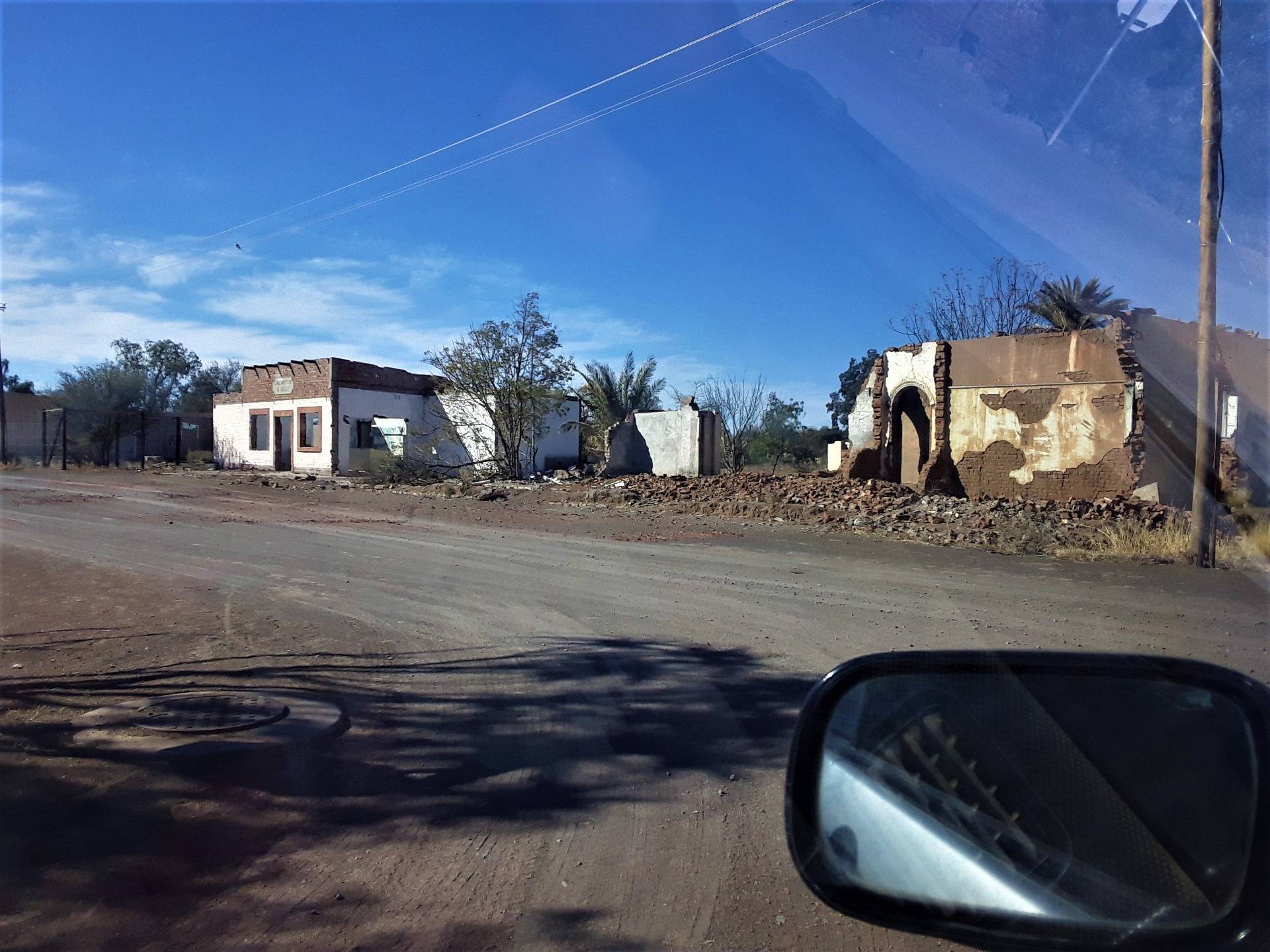
Some people have indeed left, perhaps when the conditions became drier over the years and you can still see some ruins of what used to be houses. Look how dry this town is! I guess it’s a great place if you’re a cactus farmer.
Don't Forget: Get Travel Health Insurance!
To make your trip a worry-free experience, TravelFeed recommends SafetyWing Nomad Insurance. It provides comprehensive health coverage while you travel, so you can focus on exploring, not the unexpected. Get a quote here
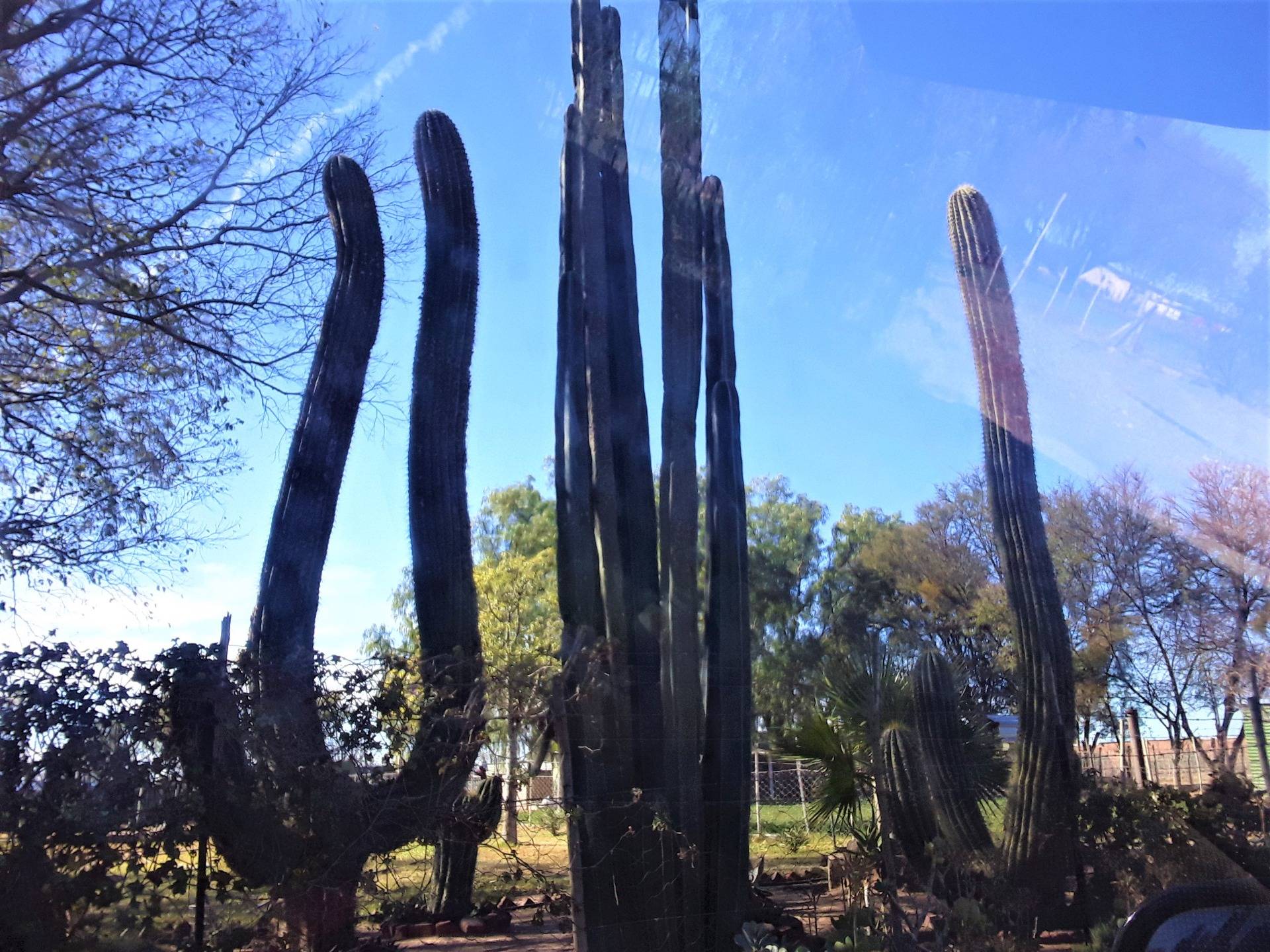
Below is a photo of a classic old Cape style architecture, well preserved and maintained by the current owners. These hoses become collectors pieces and retain their value over time. One can still go bargain hunting for such houses in these remote desert towns, perhaps finding one that is on sale cheaply and merely needs renovation to be restored to its former beauty.
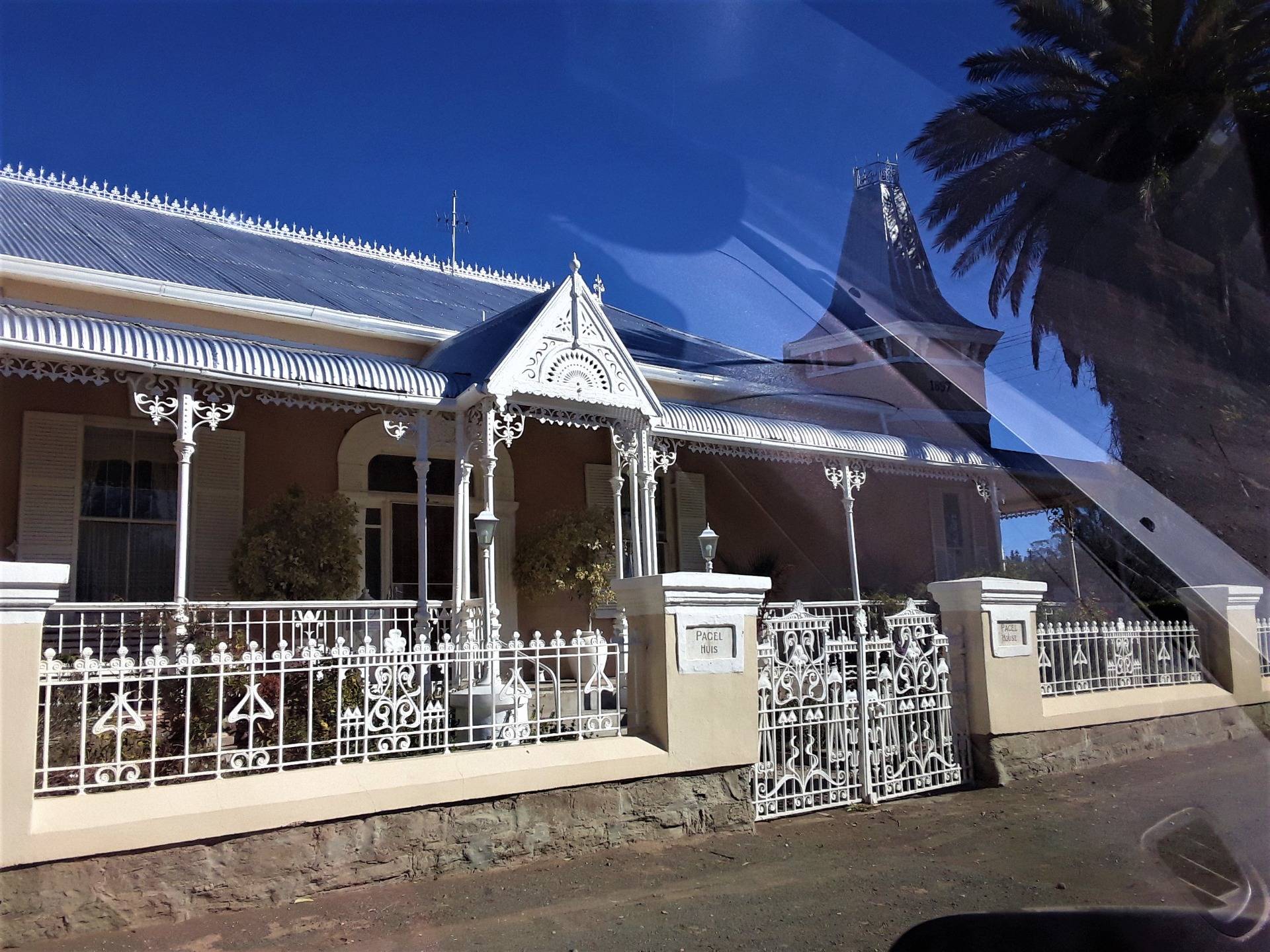
The photo below shows a building labeled “Stadsaal” which means “City hall” in the local Afrikaans vernacular, based originally on Dutch. I presume the inhabitants of these towns will not see the situation as I do, and we all see the world through our own subjective perspective of reality, based on our past conditioning. To them it is home, so who am I to judge? I might be like someone from Europe coming to my third world country of South Africa and wondering what I’m doing in such a primitive part of the world.
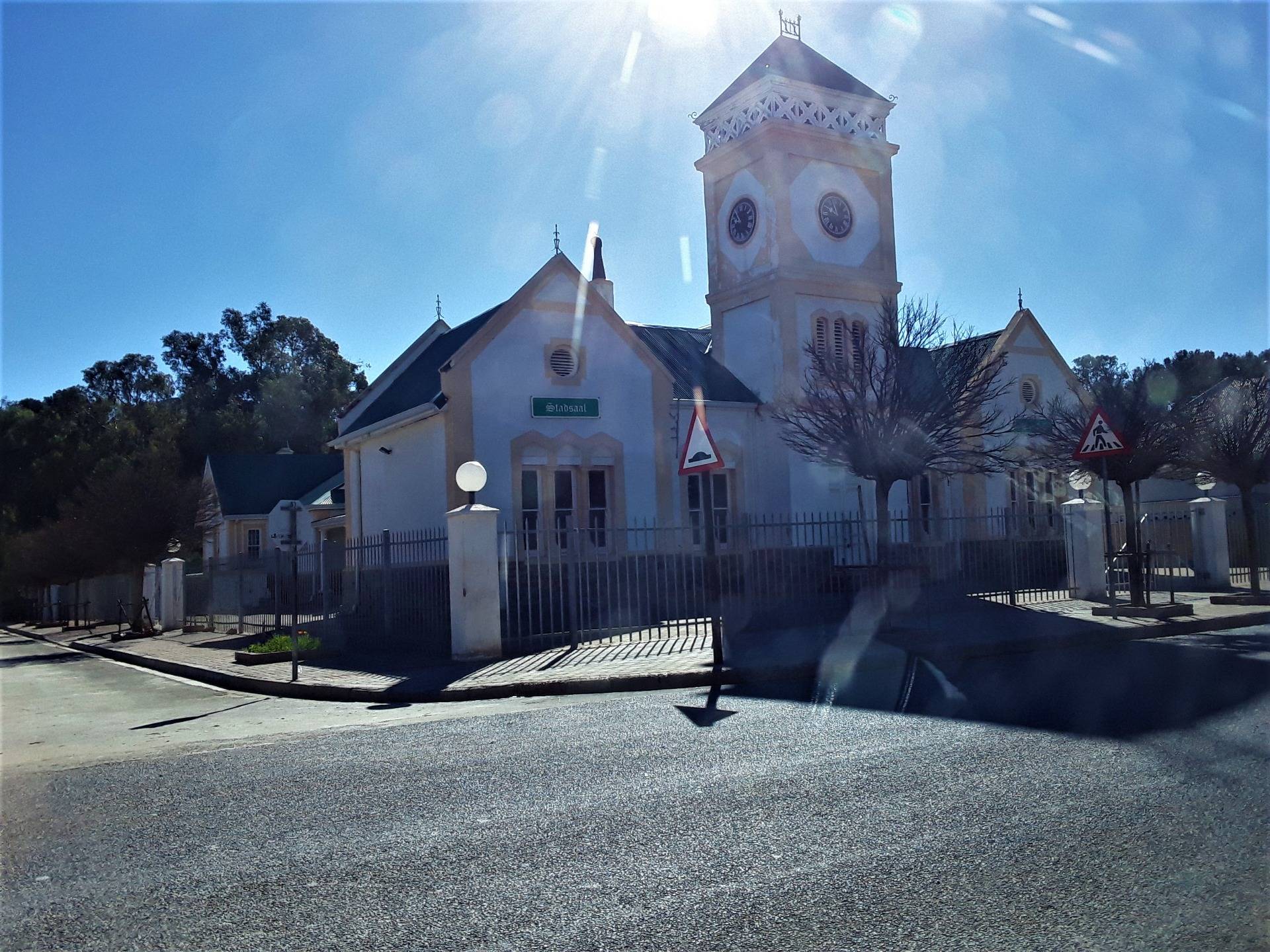
Here’s one more photo of perhaps the tallest church steeple in the country, surrounded by totally empty streets. As you can see it really sticks out like a beacon to every distant farmer for miles around on their remote sheep farm. Or is it cactus? Nothing much else grows in this Karoo desert region of the South African hinterland. I hope you enjoyed my collection of images from my recent tour to the interior. I was so happy to head back to the coast and my familiar idyllic home region shrouded in natural beauty, green vegetation and temperate climate. And after seeing how the other half live, so to speak, in their desert conditions, my seaside home suddenly became so much more attractive and my appreciation reached new heights...almost as high as that church steeple back in the desert of my ancestral past.
(photos my own)
Travel Resources for your trip to South Africa
Recommended by TravelFeed
Flights: We recommend checking Kiwi.com to find the best and cheapest flights to South Africa.
Accomodation: Explore the best places to stay in South Africa on Booking.com, Agoda and Hostelworld.
Travel Insurance: Medical emergencies abroad can be pricey, but travel health insurance is not. We always use SafetyWing for affordable and reliable coverage.
Car Rental: For hassle-free car hiring, DiscoverCars is our trusted choice with a wide selection of vehicles.
Internet: Got an eSIM compatible phone? Airalo is perfect for reliable internet access during your trip. Just install it before you go, and you're set!
Day Trips & Tours: We recommend GetYourGuide for a variety of well-organized and enjoyable activities.
Travel Planner: Need a hand planning? Our free travel planner chatbot is your personal guide to South Africa. Chat now.
Disclosure: Posts on TravelFeed may contain affiliate links. See affiliate disclosure.
